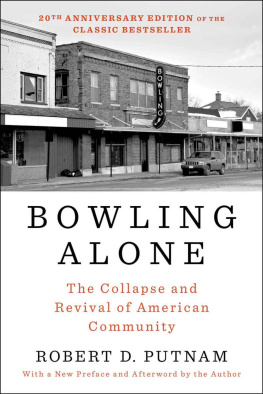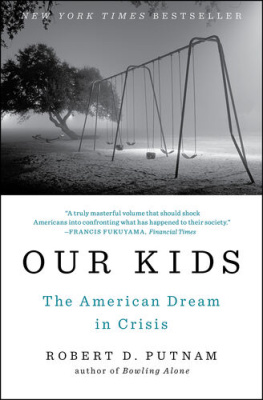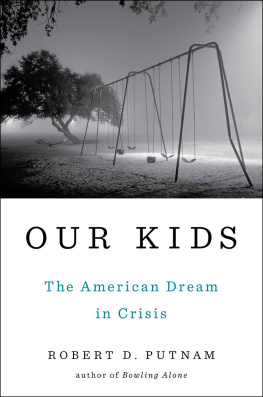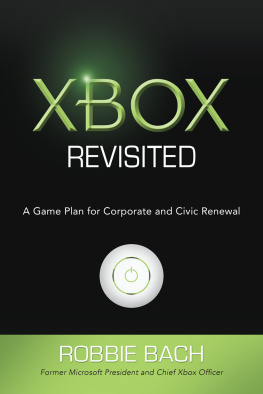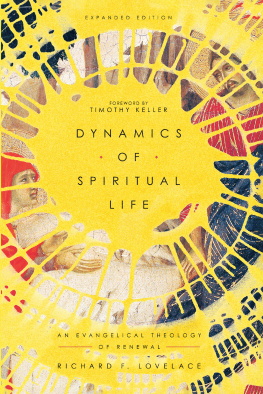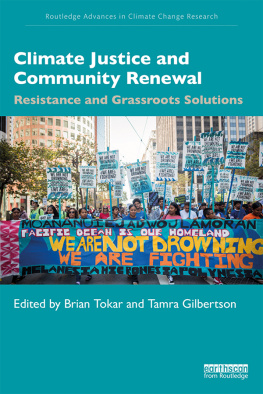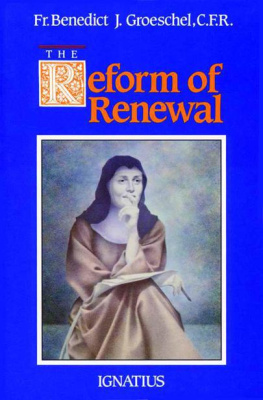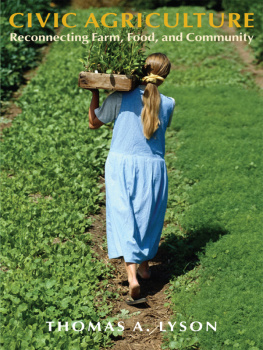Robert D. Putnam - Better Together: Restoring the American Community
Here you can read online Robert D. Putnam - Better Together: Restoring the American Community full text of the book (entire story) in english for free. Download pdf and epub, get meaning, cover and reviews about this ebook. year: 2003, publisher: Simon & Schuster, genre: Politics. Description of the work, (preface) as well as reviews are available. Best literature library LitArk.com created for fans of good reading and offers a wide selection of genres:
Romance novel
Science fiction
Adventure
Detective
Science
History
Home and family
Prose
Art
Politics
Computer
Non-fiction
Religion
Business
Children
Humor
Choose a favorite category and find really read worthwhile books. Enjoy immersion in the world of imagination, feel the emotions of the characters or learn something new for yourself, make an fascinating discovery.

- Book:Better Together: Restoring the American Community
- Author:
- Publisher:Simon & Schuster
- Genre:
- Year:2003
- Rating:4 / 5
- Favourites:Add to favourites
- Your mark:
- 80
- 1
- 2
- 3
- 4
- 5
Better Together: Restoring the American Community: summary, description and annotation
We offer to read an annotation, description, summary or preface (depends on what the author of the book "Better Together: Restoring the American Community" wrote himself). If you haven't found the necessary information about the book — write in the comments, we will try to find it.
Better Together: Restoring the American Community — read online for free the complete book (whole text) full work
Below is the text of the book, divided by pages. System saving the place of the last page read, allows you to conveniently read the book "Better Together: Restoring the American Community" online for free, without having to search again every time where you left off. Put a bookmark, and you can go to the page where you finished reading at any time.
Font size:
Interval:
Bookmark:

A LSO BY R OBERT D. P UTNAM
Democracies in Flux:
The Evolution of Social Capital in Contemporary Society
(editor)
Bowling Alone:
The Collapse and Revival of American Community
Disaffected Democracies:
Whats Troubling the Trilateral Countries?
(edited with Susan J. Pharr)
Making Democracy Work:
Civic Traditions in Modern Italy
(with Robert Leonardi and Raffaella Y. Nanetti)
Double-Edged Democracy:
International Bargaining and Domestic Politics
(edited with Peter B. Evans and Harold K. Jacobson)
Hanging Together:
Conflict and Cooperation in the Seven-Power Summits
(with Nicholas Bayne)
Bureaucrats and Politicians in Western Democracies
(with Joel D. Aberbach and Bert A. Rockman)
The Comparative Study of Political Elites
The Beliefs of Politicians:Ideology, Conflict, and
Democracy in Britain and Italy
Restoring the American Community

Robert D. Putnam
and
Lewis M. Feldstein
with Don Cohen
Simon & Schuster Paperbacks
NEW YORK LONDON TORONTO SYDNEY

SIMON & SCHUSTER PAPERBACKS
Rockefeller Center
1230 Avenue of the Americas
New York, NY 10020
www.SimonandSchuster.com
Copyright 2003 by Robert D. Putnam and Lewis M. Feldstein
All rights reserved, including the right of
reproduction in whole or in part in any form.
First Simon & Schuster paperback edition 2004
S IMON & S CHUSTER and colophon are registered
trademarks of Simon & Schuster, Inc.
For information regarding special discounts for bulk purchases,
please contact Simon & Schuster Special Sales at
1-800-456-6798 or business@simonandschuster.com
Manufactured in the United States of America
1 3 5 7 9 10 8 6 4 2
Above All by Paul Baloche and Lenny LeBlanc 1999 Integritys
Hosanna! Music/ASCAP and LenSongs Publishing/ASCAP
Library of Congress has catalogued the hardcover edition as follows:
Putnam, Robert D.
Better together : restoring the American community / Robert D. Putnam and
Lewis M. Feldstein ; with Don Cohen.
p. cm.
Includes index.
1. United StatesSocial conditions1945 2. Social changeUnited States
History20th century. I. Feldstein, Lewis M. II. Cohen, Don, 1946 III. Title.
HN65.P877 2003
306.0973dc21 2003054220
ISBN 0-7432-3546-0
0-7432-3547-9 (Pbk)
ISBN-13: 978-0-743-23547-1
eISBN-13: 978-1-439-10688-4
To Lara and Jonathan
To Sarah, Rushi, and Robert
Whose lives teach their fathers
Like its subject, this book is the product of many hands.
It was as part of the Saguaro Seminar on Civic Engagement in America that we first examined the promising efforts that built and applied social capital to extract the lessons on how to do this work. The Saguaro Seminar was a gathering of leading thinkers and activists from many fields who for three years collaborated to develop a national agenda to build social capital. The participants in that seminar are listed individually in the seminars final report, Better Together: Report of the Saguaro Seminar on Civic Engagement in America (available at bettertogether.org). We are deeply grateful to them all for their invaluable contributions to our thinking about these issues and for their friendship. We are indebted as well to the many foundations that supported our work during this period, notably the Carnegie Corporation of New York, the Ford Foundation, the Lilly Endowment, Inc., the John D. and Catherine T. MacArthur Foundation, the Charles Stewart Mott Foundation, the Pew Charitable Trusts, the Bernard and Audre Rapoport Foundation, the Rockefeller Foundation, the Surdna Foundation, and the Lila WallaceReaders Digest Fund and to the thirty-five community foundations that underwrote and partnered with us on the Social Capital Community Benchmark Survey.
Robert D. Putnams Bowling Alone reviewed the vast body of evidence of declining social capital in America, but as we turned to the task of civic renewal, we recognized the value of highlighting some of the exceptional cases in which creative social entrepreneurs were moving against the nationwide tide and creating vibrant new forms of social connectedness. We selected each case study in this book from scores of alternatives from across the United States. The difficulty that we faced in choosing a single case illustrated the richness and diversity of first-rate work in building social capital.
First and most important among our collaborators on this book is Don Cohen. Don did much of the field research and most of the actual writing of the case studies, and he played an important role at all stages in the book from identifying cases to checking facts to extracting broader lessons. Dons intelligence, sensitivity, and eye for telling detail are evident throughout the book. These cases are often complex stories with competing themes and a narrative thread that is not always easily identified. That each of the case studies is a good read, telling a compelling story while at the same time illustrating how social capital is built and applied in each setting, was Dons singular contribution. Dons accomplishment is all the more remarkable in that he was working under a challenging deadline.
Sara Hallman was our researcher extraordinaire. Sara functioned as the teams reconnaissance arm, identifying a large pool of possible cases in a given field such as faith-based social capital building, or the role of government, or youth-based programs and then, once we had distilled the list, profiling each of the competing cases, identifying other relevant research on the cases, and framing the choices for us on the significance to be derived from each case on how to build social capital. Sara produced a huge volume of work and research and showed great analytic ability in discerning the social-capital issues inherent in each of the cases.
Tom Sander, Executive Director of the Saguaro Seminar, was of counsel to us throughout the process. Tom sat in on virtually all of the planning meetings, read the drafts, and provided pointed, thoughtful commentary on the substantive issues and offered leads to further research and suggestions on possible cases and related readings. At many times during our work Toms deep knowledge of the social-capital field, the literature, and the issues was critical. There are few people in the country who know the field as well as Tom, and the book benefited immensely by his counsel.
Lois Shea joined the project when it was already well under way. A former reporter for the Boston Globe, where she had done some of the best writing in the nation among daily reporters on social capital, Lois conducted supplemental interviews in certain casesSaddleback, Dudley Street, and the Harvard Union of Clerical and Technical Workersto bring a richer texture to the cases and help amplify the social-capital lessons.
Lara Putnam (for many years Robert Putnams most constructively critical intellectual collaborator and now a serious scholar in her own right) made major contributions both to the framing and to the drafting of the conclusion. We are especially grateful to her for reminding us of the larger issues of context that had been left implicit in the individual cases.
In addition to the contributions of Don Cohen, Sara Hallman, and Tom Sander, many insights into the lessons to be drawn from the case studies came from Putnams research assistants at Cambridge University (England)Amy Bates, George Georgiadis, Pedro Ramos Pinto, Nir Tsuk, and Catherine Wreyford.
Next pageFont size:
Interval:
Bookmark:
Similar books «Better Together: Restoring the American Community»
Look at similar books to Better Together: Restoring the American Community. We have selected literature similar in name and meaning in the hope of providing readers with more options to find new, interesting, not yet read works.
Discussion, reviews of the book Better Together: Restoring the American Community and just readers' own opinions. Leave your comments, write what you think about the work, its meaning or the main characters. Specify what exactly you liked and what you didn't like, and why you think so.

